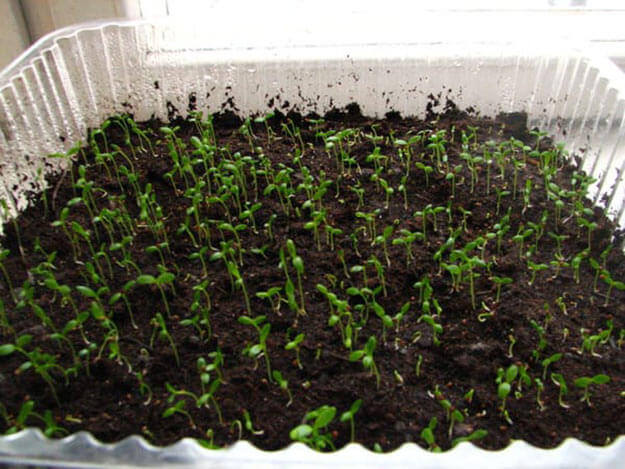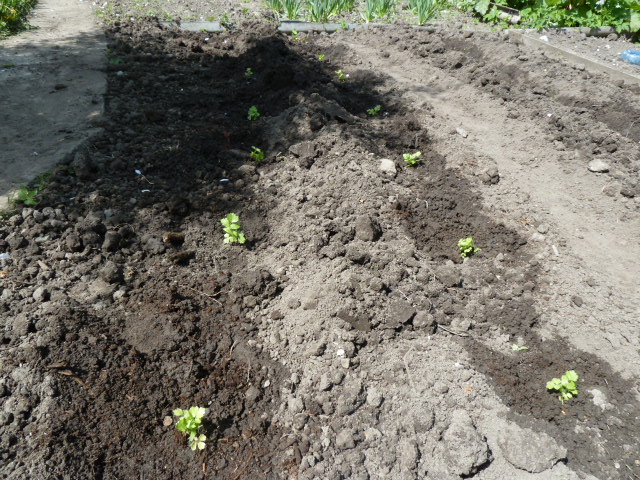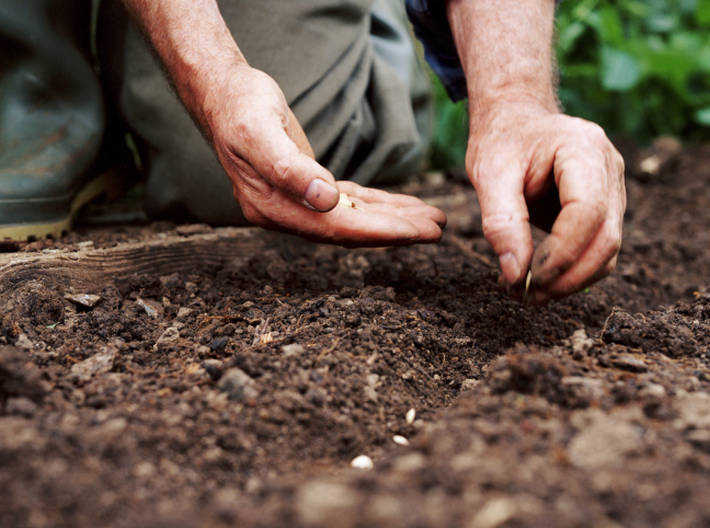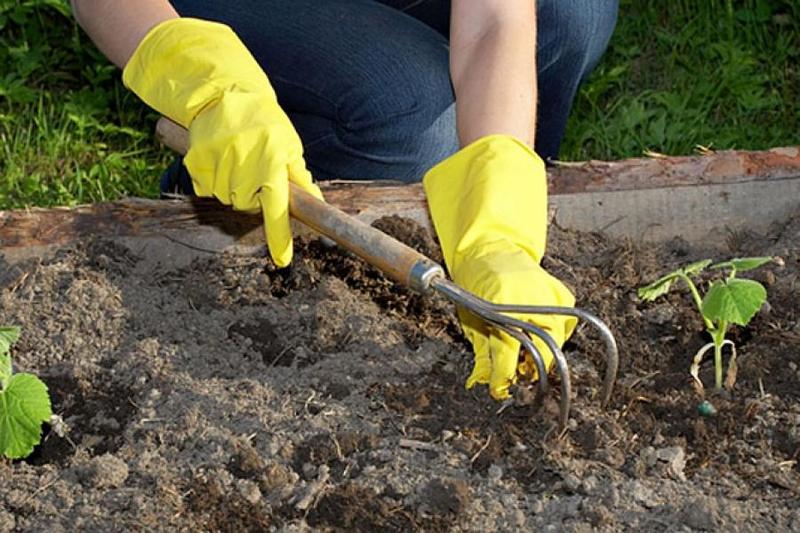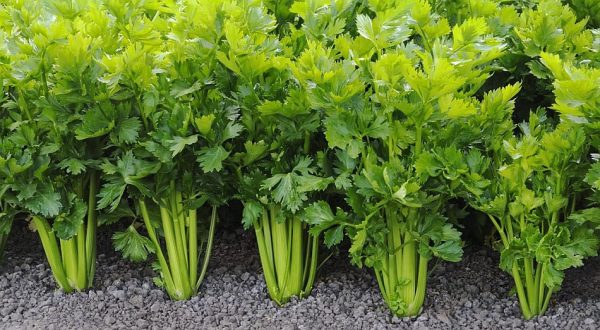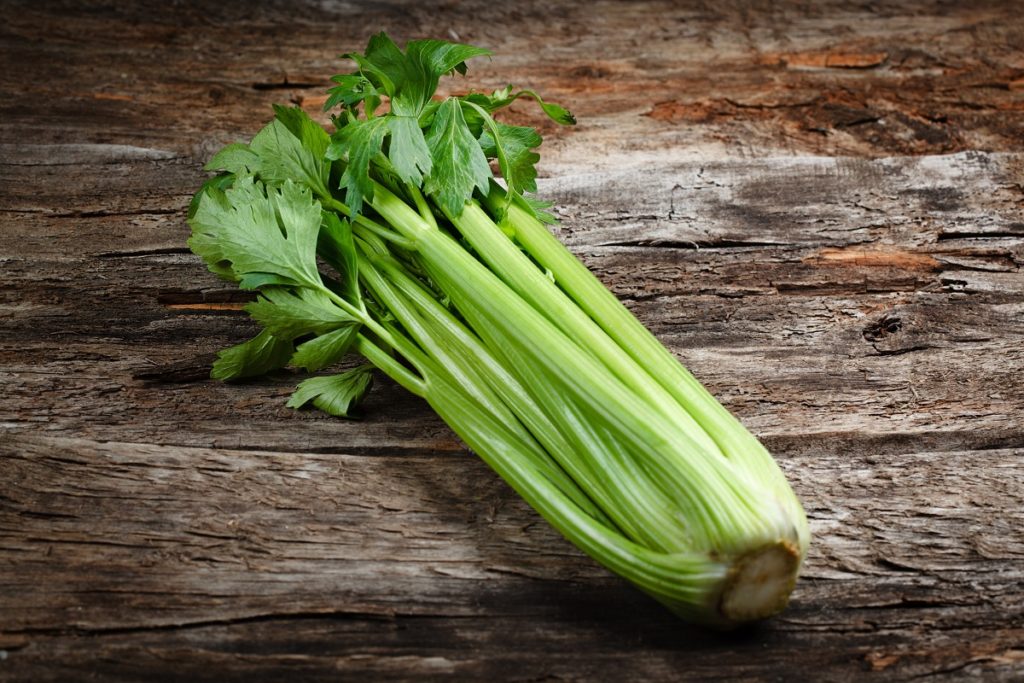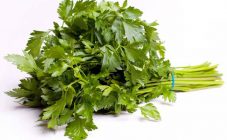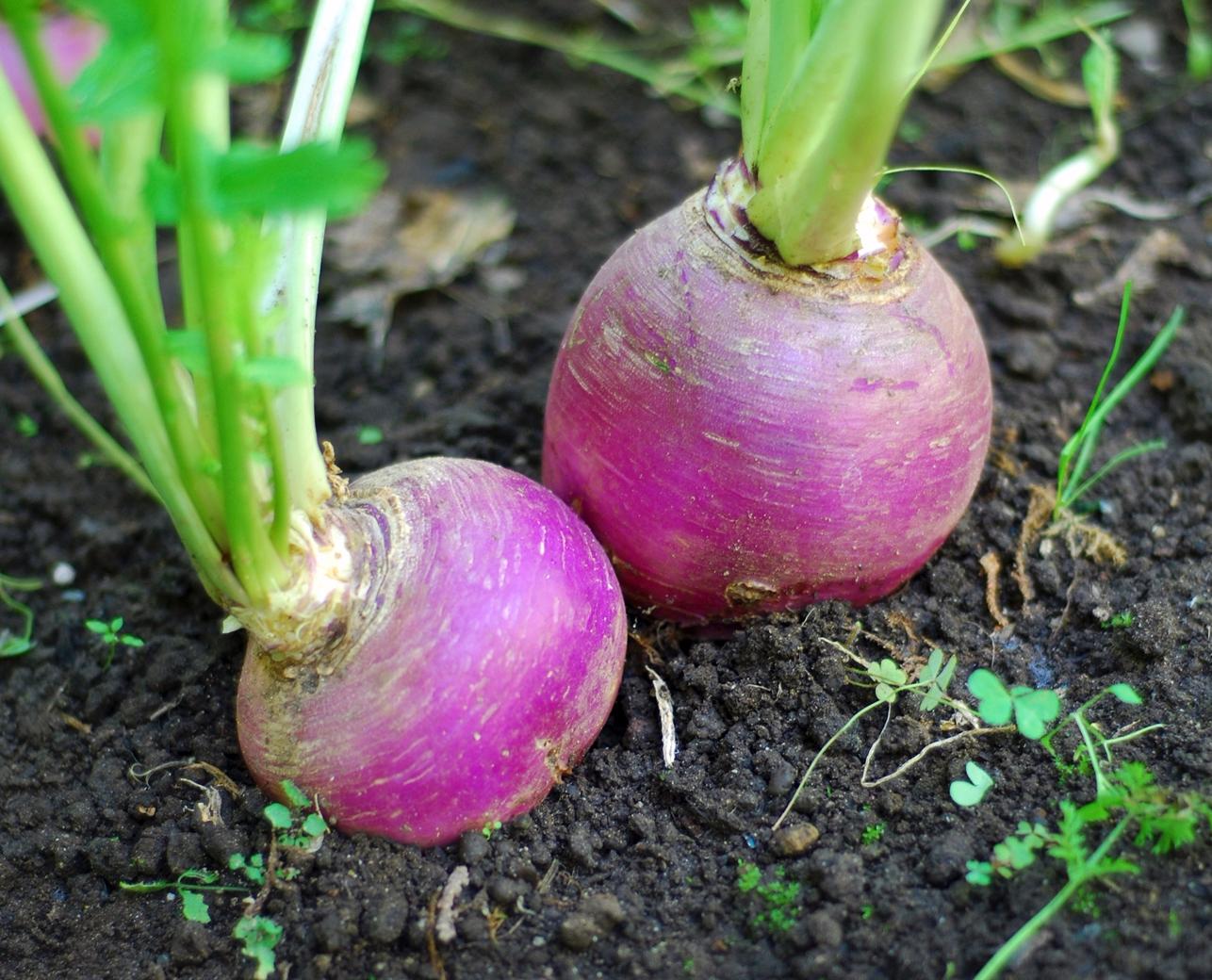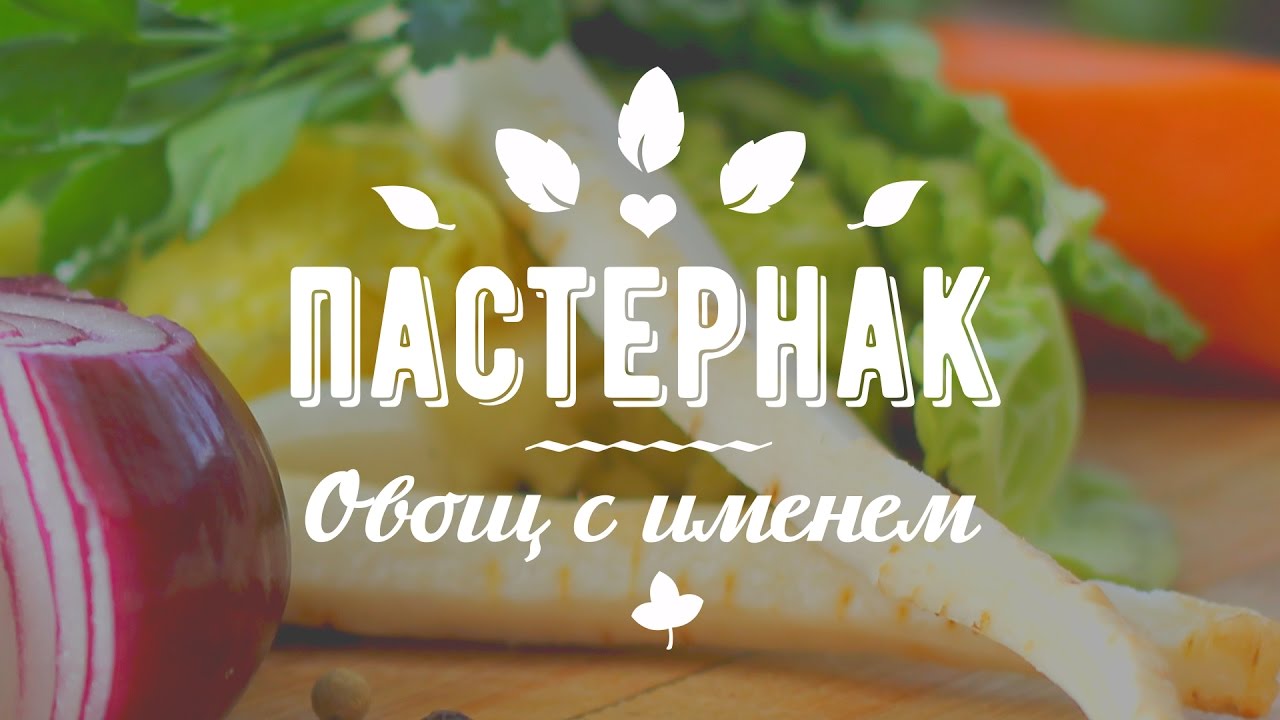Content:
Each gardener has his own opinion about plant picking. For some, this is a mandatory operation that will help grow a good harvest of a garden crop. Others believe that such procedures only slow down the development of the plant, which can significantly affect the yield. For this reason, they sow seeds in a large bowl and at a certain distance. What is the root celery pick? The answer to this question can be found in this article.
What is picking
Picking seedlings is called transplanting a culture from one container to another. At the same time, fertile soil is poured into the dishes. In order for the plant to take root more quickly and suffer little from transplantation, it is dived during the period when two or three leaves appear on the celery stalk.
Gardeners who are positive about replanting plants say that this process promotes the development of the root system and strengthens the stem. At the first stage of culture development, it does not need a lot of space for growth; nutrients for seedlings are sufficient for that which fits in a hundred-gram cup. The main thing is that the roots receive a sufficient amount of oxygen. Do this operation, according to the lunar calendar, in late March, early April.
Root celery grows and develops for a long time, and in order for it to mature, it is necessary to pick. When growing seedlings, they are transplanted from a small container to a large one, so that the culture can easily transfer the transplant to open ground.
Many people wonder how to dive celery root, and what is it for? If the seeds are sown in a separate container, then in this case, transplanting the seedlings will not be necessary. For this method of sowing seeds for seedlings, they take fertile soil, put it in separate cups and wate it with a weak solution of potassium permanganate for the purpose of disinfection. It is also recommended to dip the seeds tied in gauze in a weak solution of potassium permanganate for a few minutes. After that, a deepening is made in each glass and three seeds are placed, squeezed a little. It should be noted that you should not sprinkle the seed with earth, since in this case you can not wait for the seedlings to emerge.
If the pick is still done, then you need to take out the plant with a lump of earth on the root system.
Celery pick
Most often, celery root seeds are sown in containers in such a way as to subsequently make a pick. To do this, put some straw or dry grass at the bottom of the dish, which will serve as a good drainage system for the seedlings. A layer of fertile soil is poured onto the straw.
Before sowing seeds, the soil is carefully leveled and watered with a weak solution of potassium permanganate to protect the plant from diseases and parasites. Small grooves are made in the box, five millimeters deep, the distance between the rows should be at least three centimeters. For sowing to be as uniform as possible, it is recommended to mix the seeds with sand.
The seed is sprinkled with a thin layer, not more than one millimeter of earth, and sprinkled with water a little. Thus, the seeds will press firmly against the soil. If sowing is carried out during a period when the snow on the street has not yet melted, sowing can be done by another method.
A layer of snow is laid on the soil prepared for sowing seeds. At the same time, the snow is taken completely clean and poured in a thickness of one and a half to two centimeters. Celery seed is sown in the packed snow. The container is closed and placed in a warm place.
The container is taken out in the sun only when the first shoots appear. So that the stems of the seedlings do not stretch out, the air temperature is reduced to twelve degrees. If the sky is overcast, the seedlings are slightly illuminated. After that, the temperature regime increases slightly.
During the first forty days, seedlings grow very slowly, so you should not worry about this. As soon as the culture is thirty days old from germination, it is transplanted into large pots.
A crop such as celery is dived when it has at least two leaves. The pots are filled with soil and pitted. Dig seedlings from old pots with a spatula so as not to damage the roots. They are separated from each other and planted in prepared holes.
The seedling is placed vertically and covered with earth. Before planting, a little water is poured into the hole. At the same time, during the operation, the opinions of gardeners again diverge regarding pinching the central root:
- Removing the plant from the container, pinch off a little from the main root and at the same time remove the thin roots. Thanks to this, the root crop will develop faster.
- Do not remove the tip of the root, as this may delay growth and development. In addition, the roots will be small.
A celery pick can be done in large boxes or greenhouses, while several plant stems will fit there. The distance between the plant should be four to six centimeters. A distance of five or six centimeters is maintained between the rows. The seedlings are separated one at a time, while taking them out of the general container.
A pick in a greenhouse is more effective than a pick on a window sill in a room. The fact is that the air temperature is the most optimal here, and the plant will be hot in the room.
In order for the seedlings to grow and develop quickly, they should be properly cared for. This process consists in loosening, watering and feeding, which is done two weeks after transplanting. To do this, dilute a teaspoon of fertilizer in ten liters of water. No more than two, or even three tablespoons of the solution are used per plant.
A week before planting the plant in the garden, it is tempered. First, they are taken out to fresh air for an hour, then the time is gradually increased. On the last day before planting, the seedlings are left outside overnight.
The difference in picking root and stalk celery
The difference between picking root, leaf and petiole celery is pinching the central root. As mentioned earlier, there are different opinions on removing the tip and small roots from root celery. Some are in favor of this operation, the second are against.
First of all, it is believed that pinching leads to the formation of a large root crop without the formation of a "washcloth" of small roots. For others, celery with a cut root tip will be stunted and produce poor fruit.
The difference in picking a stalked type of celery is that you do not need to pinch its root. Further, the operation is carried out in the same way as for the root variety. The petiole is placed vertically in the hole, the roots are sprinkled with earth. The root zone is watered and compacted.
After the dive is completed, the dishes are placed in a well-lit place, while the plant is slightly shaded so that direct sunlight does not fall on it. You need to feed the seedlings only after they have completely taken root.
When caring for seedlings, it should be remembered that the plant must be watered, since drying out of the soil can lead to the death of celery.
Until the period when the seedlings are planned to be planted in the garden, at least four leaves should grow on it. This state of the plant indicates that it has reached the age of fifty or sixty days. Before planting the plant in the soil, it is watered abundantly so that it can then be easily removed from the dishes.
Disembarkation should be carried out under favorable weather conditions. The first planting of celery in open ground can be done in the first week of May. The sooner the seedlings are planted in open ground, this will lead to the cultivation of a large yield of root crops.
Secrets of a high harvest
When growing root celery, adhere to the following recommendations:
- In no case should you pick off the leaves from the plant. This will weaken the plant, leading to lower yields.
- Root celery should not be piled up so that thin roots do not form on it, and the fruit remains smooth and even.
- At the first formation of the plant root, the soil, on the contrary, begins to be shoveled away from it. Thus, it will be given the opportunity to form a large root crop.
- The soil should be moderately moist, but in no case flooded, so that the root does not start to fester.
- Water the plant only with the root method.
- Top dressing is done only with herbal infusions or mullein. If the plant begins to weaken, mineral fertilizers must be applied to the soil. At the same time, in no case should you overdo it in this, since the root can be struck by a disease such as scab or septoria.
Growing fruitful celery root yourself is a snap. The main thing is to adhere to all the rules and technologies for performing cultivation work. It is especially important to know how to open the celery.
